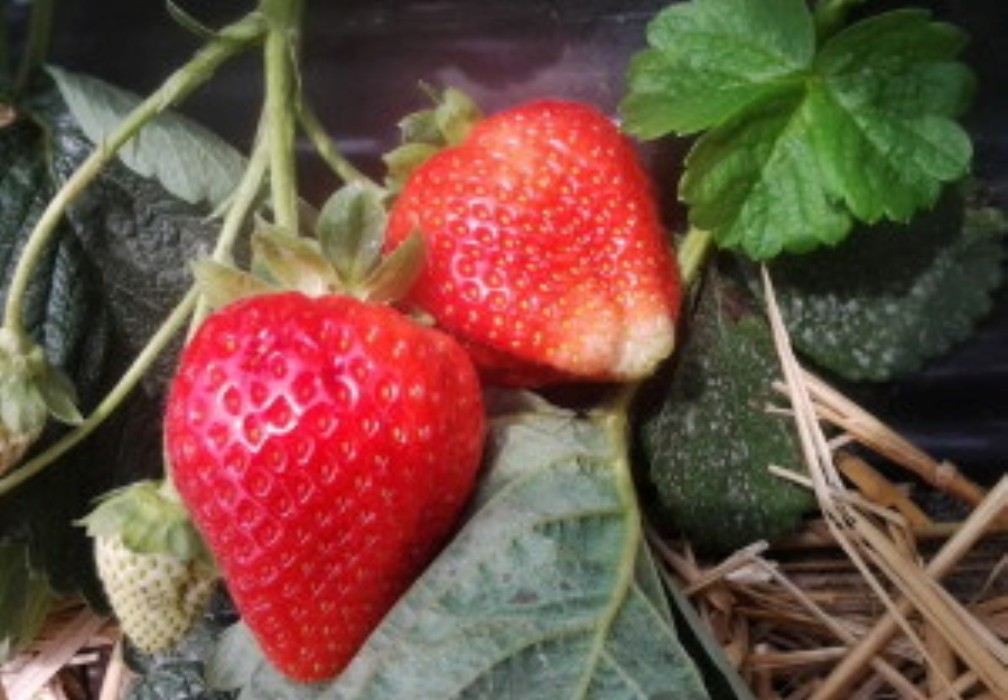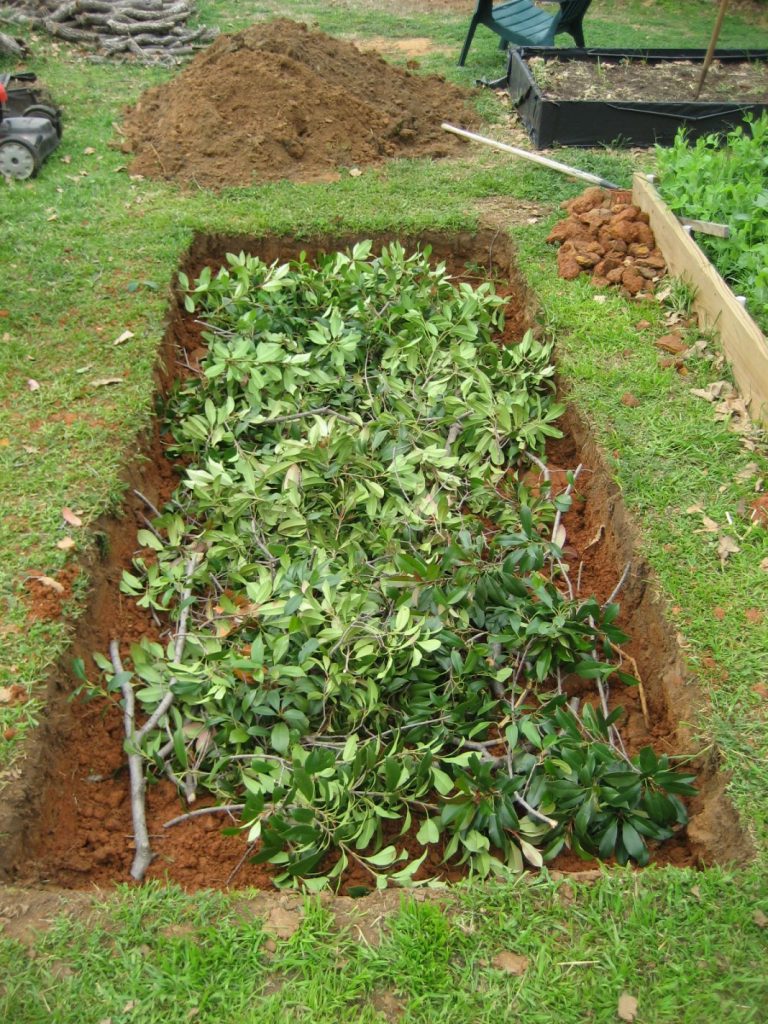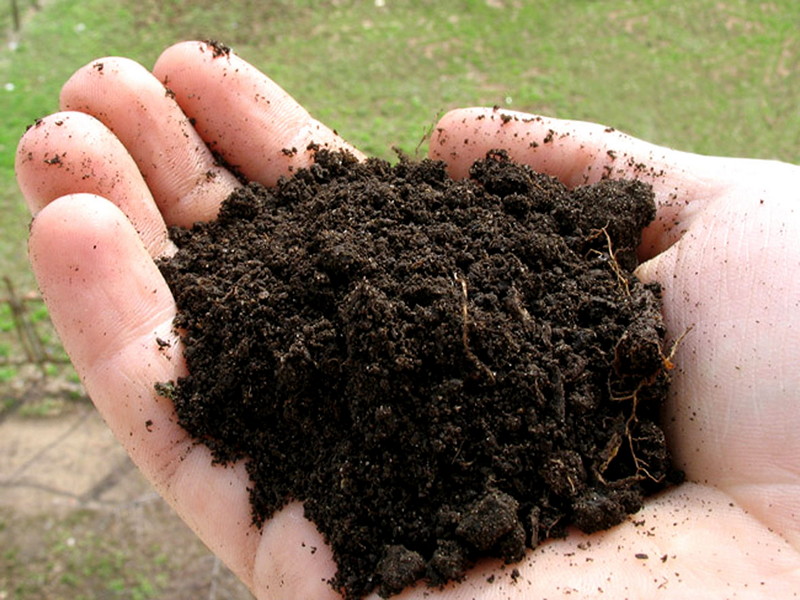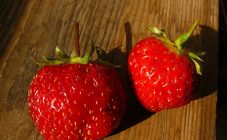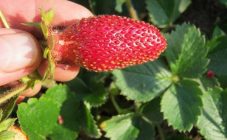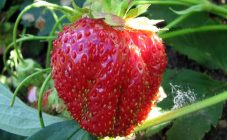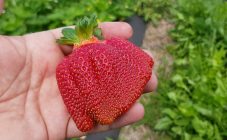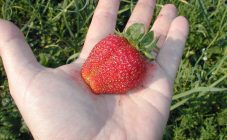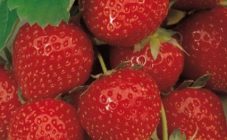Sweet, fragrant strawberry is popular and beloved among gardeners and gardeners. There are a lot of varieties of this miracle berry, it is planted from the southern regions to the northern regions of the country. To grow a rich strawberry crop in your garden, you need to familiarize yourself with the varietal characteristics. Choose the variety that best suits the climatic conditions of the place of residence. Considering that the varietal diversity is striking in its scale, this is quite simple to do.
The Italian medium-late strawberry variety Arosa, obtained by crossing Marmalade and Chandler, has proven itself very well.
Arosa ripens in mid-June, has large, sweet and juicy fruits with a wine flavor.
Varietal features:
- high productivity;
- good taste;
- withdrawn for commercial purposes;
- transportable;
- cold-resistant.
Description of the variety
The variety was bred recently, but has already taken root in the plots of amateur gardeners. The compactness of the bush, good immunity to diseases and cold resistance make it possible to grow the variety in all regions of the country.
Arosa strawberries can be planted both in early spring, in March - April, and in autumn. Like any other thermophilic plant, it loves areas that are well warmed by the sun, without shading. This strawberry is not recommended to be planted under trees or garden bushes. The variety does not like drafts, so the garden must be protected from the wind. The occurrence of groundwater must be at a depth of at least one meter.
This type of strawberry loves moisture, but waterlogging can lead to a decrease in yield (the berry becomes smaller and tastes sour).
Peduncles are located above the leaves, flowers are large, blooms once. Leaves are light green with drooping edges.
The fruits of Arosa are round-oblong, scallop-shaped, with an average weight of 30–45 g. Inside, the strawberry is like a scarlet rose, the seeds are slightly pressed into the pulp, the skin of the berry is smooth, shiny, very juicy. The strawberry variety Arosa has few mustaches, so there are no problems with removal. On the contrary, gardeners have to try to root each tendril in order to provide themselves with planting material for the next season.
Agrotechnics
Berry cultivation method: planting seedlings from a mustache prepared earlier or purchased in a store.
The cultivar prefers neutral soil. In case of acidification, liming is necessary. Before planting, the earth is dug up and fertilizers are applied.
Since the variety has small bushes, they are planted in two-row rows in the garden, keeping the distance:
- between the bushes 30 cm;
- between rows 30–45 cm;
- between beds up to 80 cm.
The soil in the beds is mulched - for this, straw, film, agricultural canvas are used. Weeds do not grow under the mulch and moisture remains longer. It is advisable to install and use drip irrigation.
In spring planting, flower stalks are removed to allow the root system to develop.
Considering the Arosa strawberry variety, according to the description, we can conclude that although it is of Italian origin, it has successfully taken root in the Russian climate and is successfully used both in garden plots and on farmers' farms.
